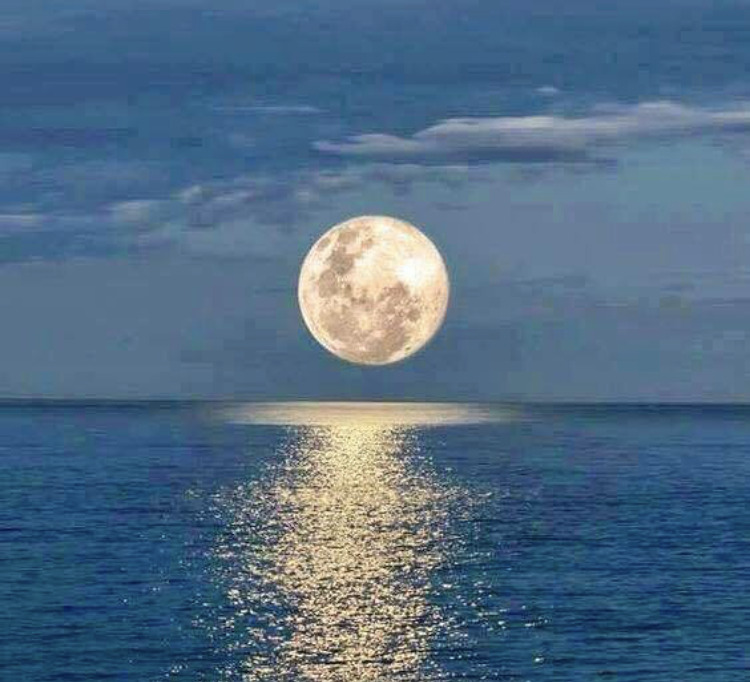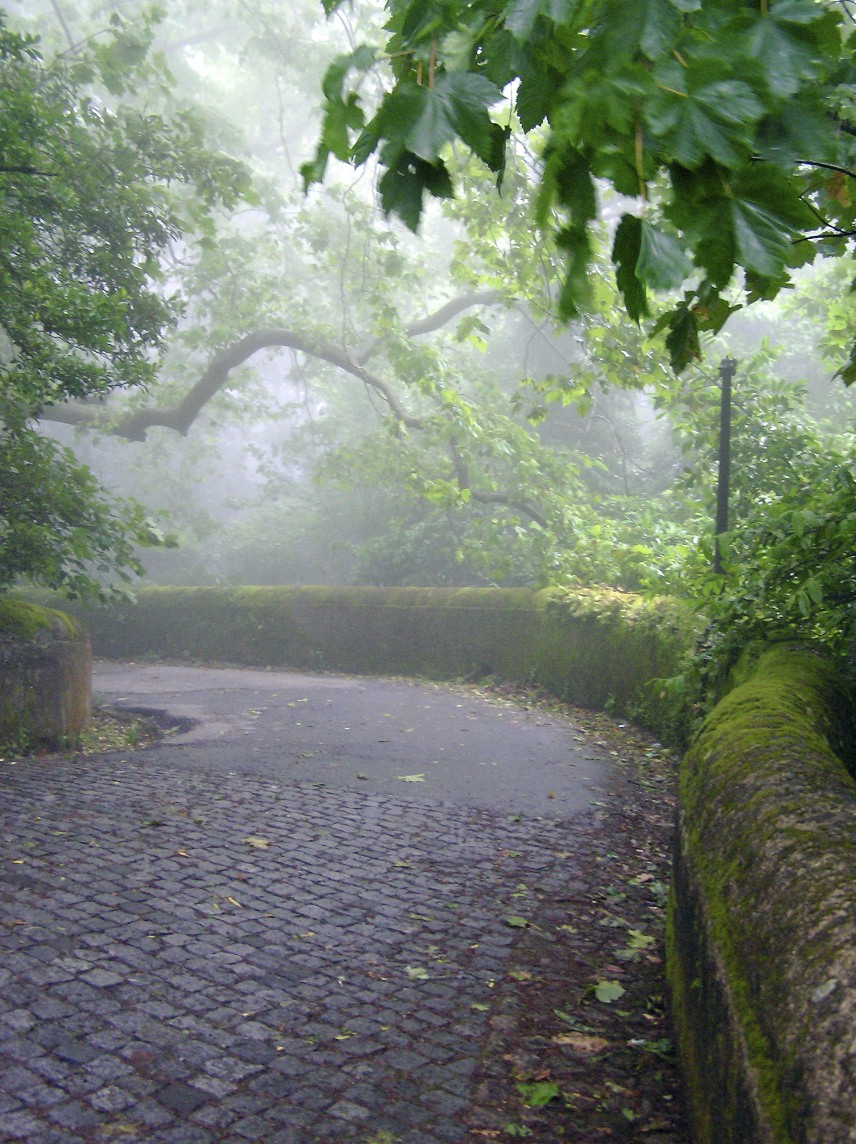
Carl Jung built on and extended[i] Otto’s portrayal of the numinous. He describes a numinous experience as one that “seizes and controls the human subject . . . an involuntary condition . . . due to a cause external to the individual. The numinous is either a quality of a visible object or the influence of an invisible presence causing a peculiar alteration of consciousness.” (Jung, 1938, p. 4 ) Jung’s notion of numinous is founded on experience and not just ideation. Much is also the case with Fred Polak, who proposes that an Idea of the Future is not the same thing as (and not as compelling as) an Image of the Future. Both the Future and the Numinous are compelling, elusive and frightening. They both pull us in and provide us with compelling images
To use the term of the chaos theorists, the Future and the Numinous are “strange attractors”. The so-called “attractor” basins identified by researchers such as Edward Lorenz are powerful, prevalent and “self-organizing”—much as is the Future and the Numinous. The attractors are powerful and prevalent because any complex system seems to “have a natural tendency to [fall] under the influence of different attractors that ultimately define the context in which detailed system behaviors unfold.” (Morgan, 2006, p. 254). The attractors are self-organizing in that there is no external source that dictates the way in which these attractors operate. The quality of numinous is deeply embedded in these dynamic attracting systems—perhaps that is why they were avoided by scientists for many centuries and why they are now of such great appeal to many scientists and non-scientists who are studying complexity.
Five Perspectives on the Future
Polak (1973, p. 2) offers five ways in which we tend to orient our perspectives on life to this challenge of our Future being the Other (and a source of numinostic uncertainty and even terror, as well as strange attraction):
1.Life cannot be purely transitory: there must be something more enduring. Man hopes for future grace.
- There must be another realm into which man can enter.
- Life should not be transitory and imperfect. Man rebels out of despair, but without hope.
- Life is not as it appears to be. This world is an illusion, and the essential reality is veiled from man.
- Life does not have to be the way it is. Man can reform and re-create the world after any image he chooses.







